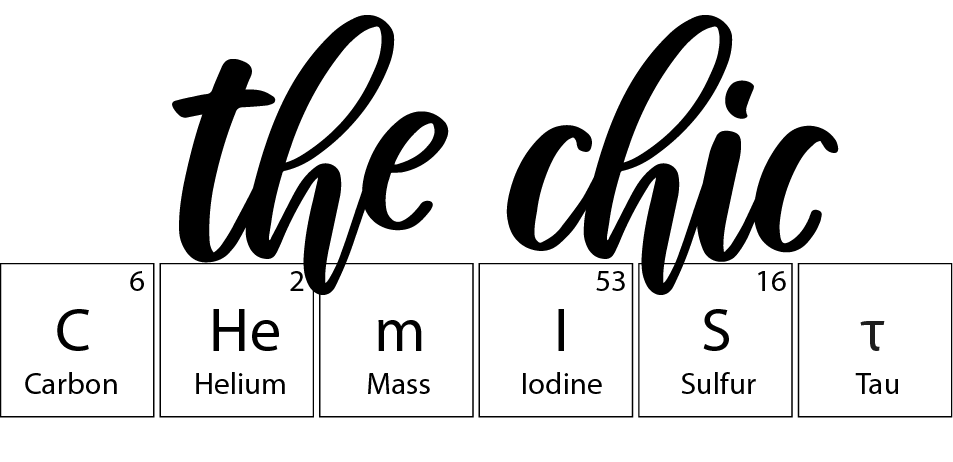Last we talked the inflammation skin disorder, Eczema which affects me. Now let’s talk about psoriasis that affects my mom. The poor lady can’t catch a break. This has been going on for about two and a half years and still no one can give her an answer to why her psoriasis has spread.
This all started with a little patch of psoriasis behind her ear. It then spread to her legs and arms. She uses triamcinolone acetonide cream 1% to combat those areas. It usually goes away after a week of using the medication twice a day. FUN FACT: I have one approved FDA medication under my belt and it is triamcinolone!!!! Anywho, she also has it on her eyelids, under eye, and eyebrows that she uses hydrocortisone twice a day. She uses tacrolimus ointment .1% to keep the facial psoriasis at bay. On a normal basis, she uses Cerave moisturizing cream to keep her skin hydrated. Check out the cutest selfie queen you ever did see!
Psoriasis is an auto-immune disease that causes red, scaly patches on the skin. Like eczema, it affects large joint areas such as elbows, knees, and scalp. I can definitely occur elsewhere too but those are the most popular. Most people that have psoriasis say it feels like burning and itching at the same time.
Usually there is something that triggers an immune response that results in a flare up of the patches. These patches are due to overactive skin cells that grow so rapidly they build up on the skin. These patches are very thick because of these cells. When a dermatologist biopsies an area of psoriasis, you will see a significant difference in skin that is affected by eczema which shows as very thin.
There are 5 types of psoriasis:
Plaque: Most common form having red patches with a silvery/white overlay of dead skin cells on top that are extremely itchy and painful and can crack and bleed.
Guttate: Small dot-like lesions triggered by a strep infection.
Inverse: Red shiny lesions seen on the folds of the body like behind the knees.
Pustular: White blisters filled with pus and surrounded by red skin that contains white blood cells.
Erythrodermic: Severe form that can cause sheets of skin to shed. This form needs medical attention immediately.
Psoriasis can be classified into three categories: mild, moderate and severe that each depend on the percentage of the body that is affected by psoriasis. Based on the type and classification is how it is treated. Each type, classification, and area affected gets treated differently. Some options include injectable drugs, topical creams/lotions/ointments, or even light therapy. All of which reduce the patches significantly and the pain that goes along with it. It doesn’t cure the disease but helps with the symptoms.
There has been some research done on the genetic mutations that cause psoriasis and it was found that a mutation on IL36RN may be involved in pustular psoriasis. Another gene mutated is CARD14 that is involved in plaque psoriasis. There is still much to research but it is a start.
The most common reasons for flare ups are stress, medication, infection, injury. Stress should be kept to a minimum just like with eczema. Medications like lithium, antimalarials, inderal, quinidine, indomethacin can trigger flare ups. When skin is broken the Koebner response occurs which is basically a response that leads to psoriasis that comes from sunburns and deep scratches. Infections are immunocompromising diseases which is an issue because psoriasis is immune based aka causes flares.
So as always, I am not a doctor. Just a really cool scientist. Check with a doctor if you think you have psoriasis.
Xox, Z







